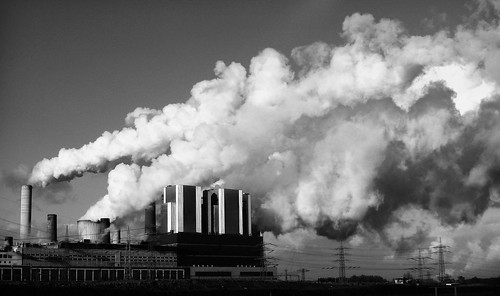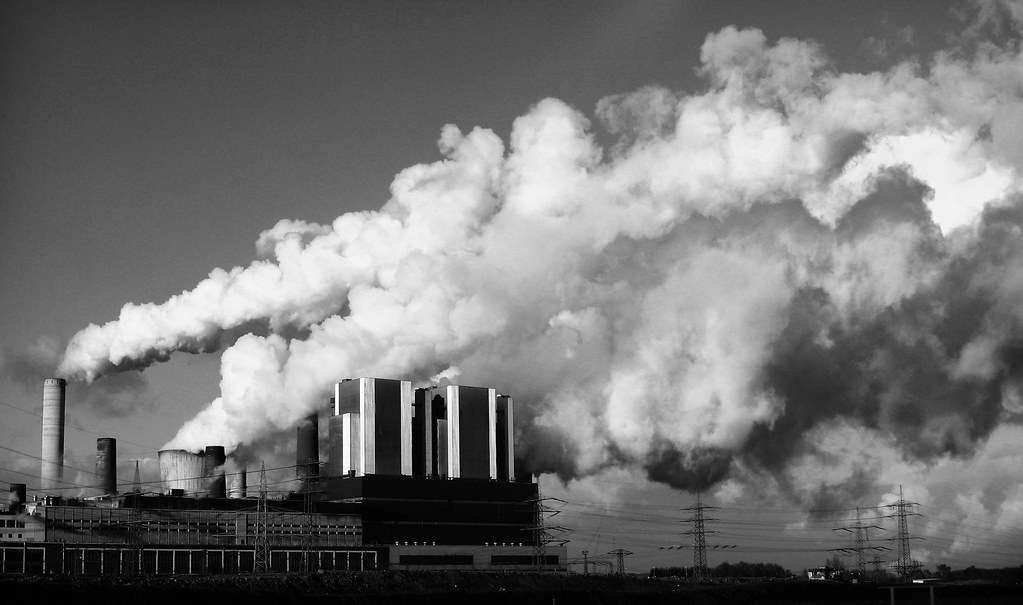
Photo credit Pinot & Dita
One of the reasons we are facing a climate crisis is because people have not been paying the full economic price for their carbon consumption. Had they been, we’d be living in a very different world today. A quick comparison of average car fuel efficiency in the US versus the EU (where fuel has typically been priced at 2-3x the US price) bears this out.
When people have to pay a higher price for their emissions, they are less likely to pollute (if only to save themselves money!).
This brings us onto the trickier question though of what is a realistic price for carbon. The recent price of carbon emissions in the EU Emissions Trading System (ETS) has varied from €30 to €10 while today as I write this, it has a spot settlement price of €15.31. That may be current, but is it realistic?
What is a realistic price for carbon emissions?
Well, the reason we are charging for carbon emissions in the first place is to counter the damage being done to the environment by those very emissions – the polluter pays principle. In other words, the price to emit one tonne of CO2 into the atmosphere should be equal to the price of extracting one tonne of CO2 from the upper atmosphere.
And how much is that?
I have no idea to be honest! I have asked several people in this space and no-one has been able to tell me – principally because the technologies to extract CO2 from the upper atmosphere don’t yet exist! You can be sure that it is significantly more than €30 per tonne though.
As global CO2 emissions continue to rise and the effects of climate change become even more pronounced, the price being charged for CO2 emissions globally will need to trend closer to the price of extraction and away from the current €15.
If nothing else, this will encourage us to move to a less carbon intensive lifestyle – manufacturers of carbon intensive products beware!
Related articles by Zemanta
- Bad News for Cap and Trade Foes: Europe’s Emissions Trading System WORKS (treehugger.com)
- A global climate deal must be simpler, fairer, and more flexible than Kyoto (guardian.co.uk)
- How much CO2 do computers emit? As much as airline industry… (allanjenkins.typepad.com)
- EU carbon market seizes on signs of economic recovery (euractiv.com)
- Robert Stavins: The New Auto Fuel-Efficiency Standards — Going Beyond the Headlines (huffingtonpost.com)
- We’re pumping out CO2 to the point of no return. It’s time to alter course (guardian.co.uk)




